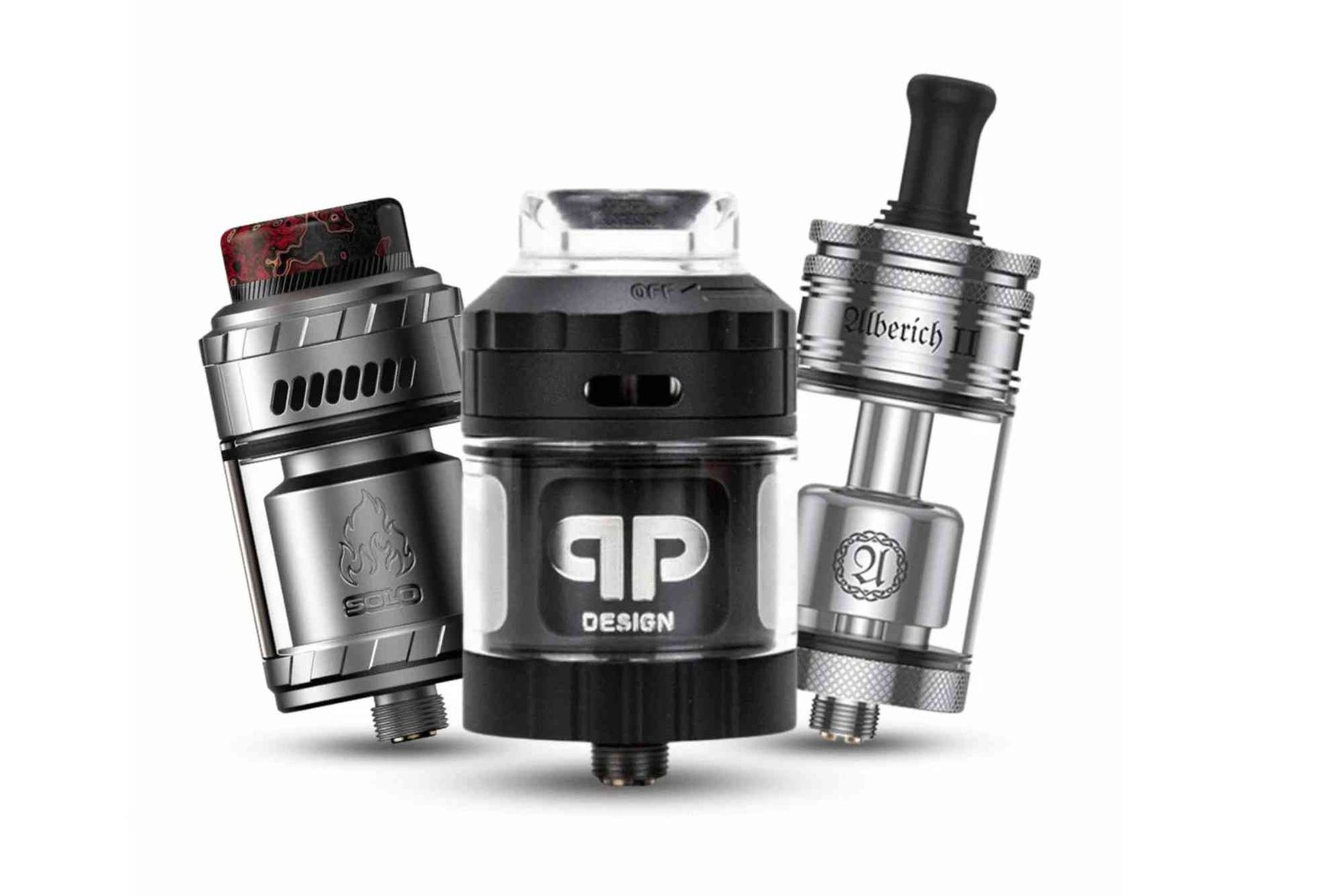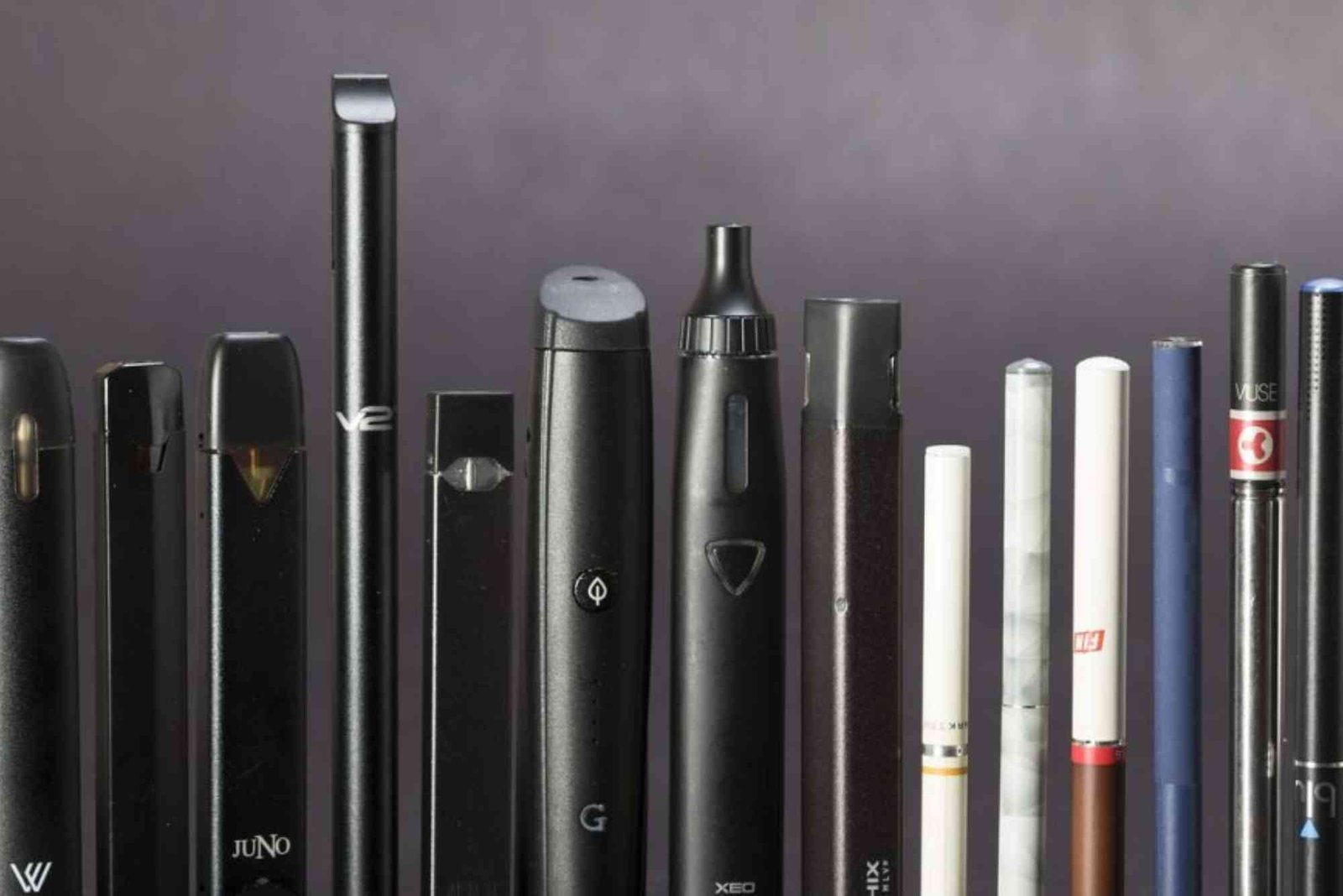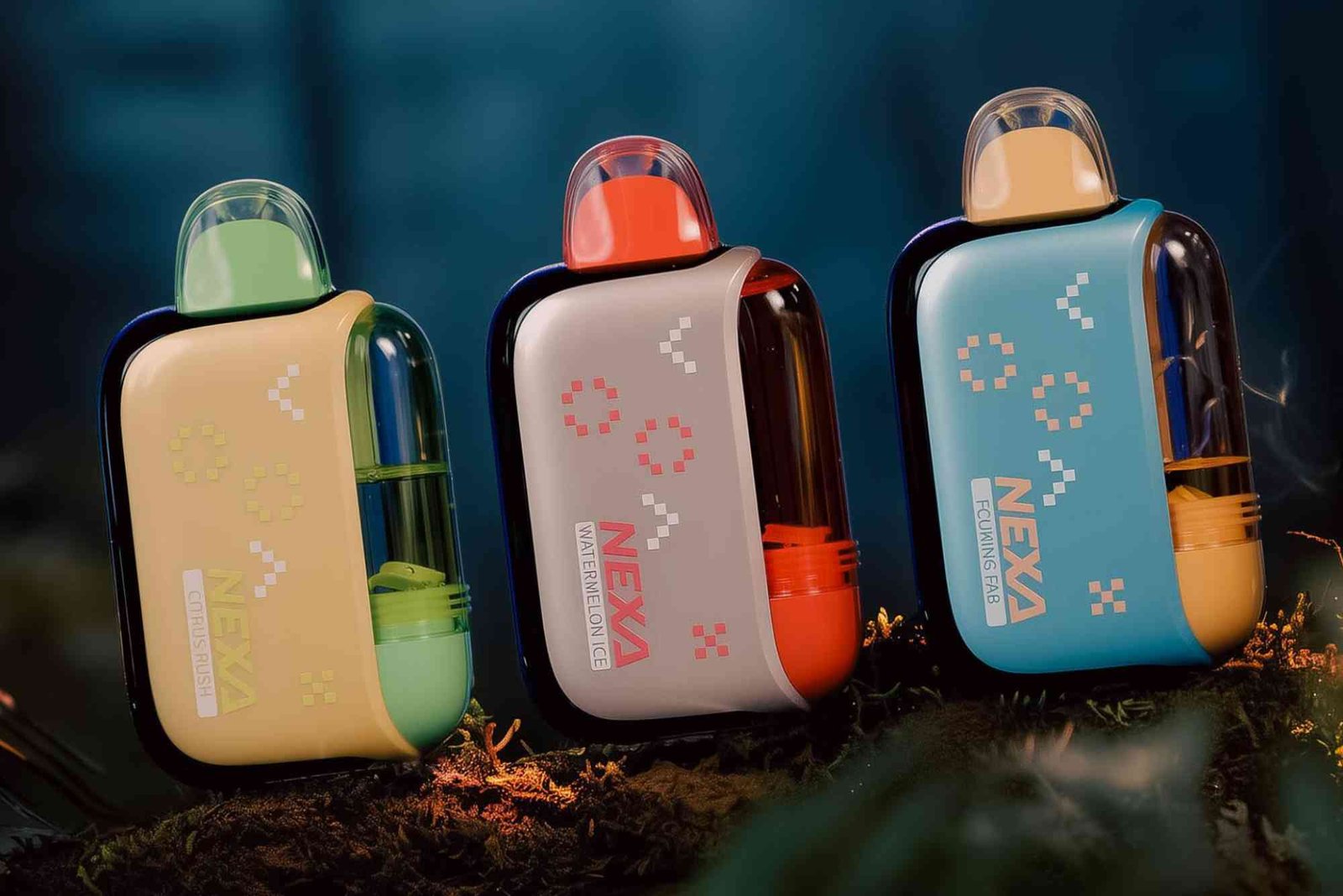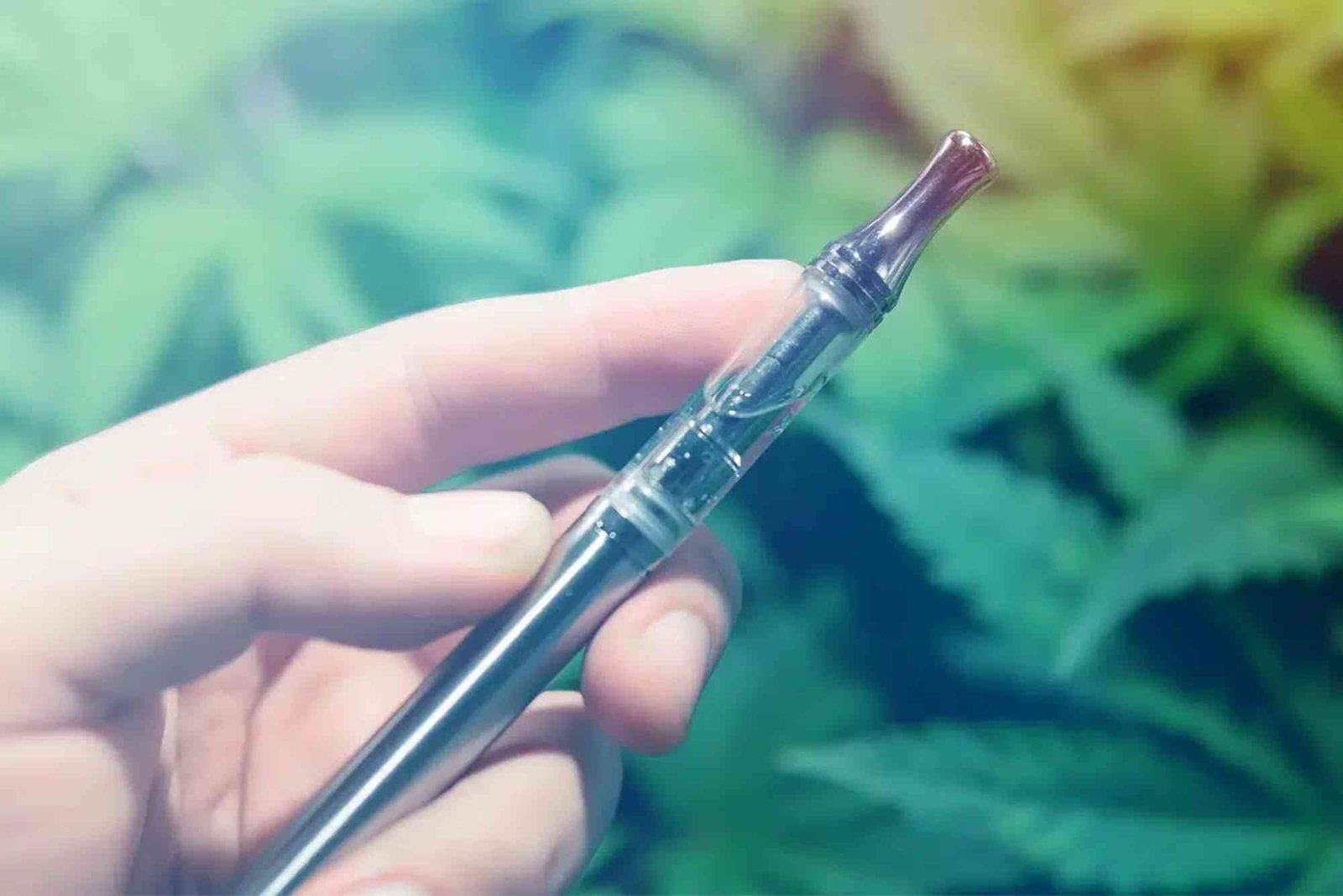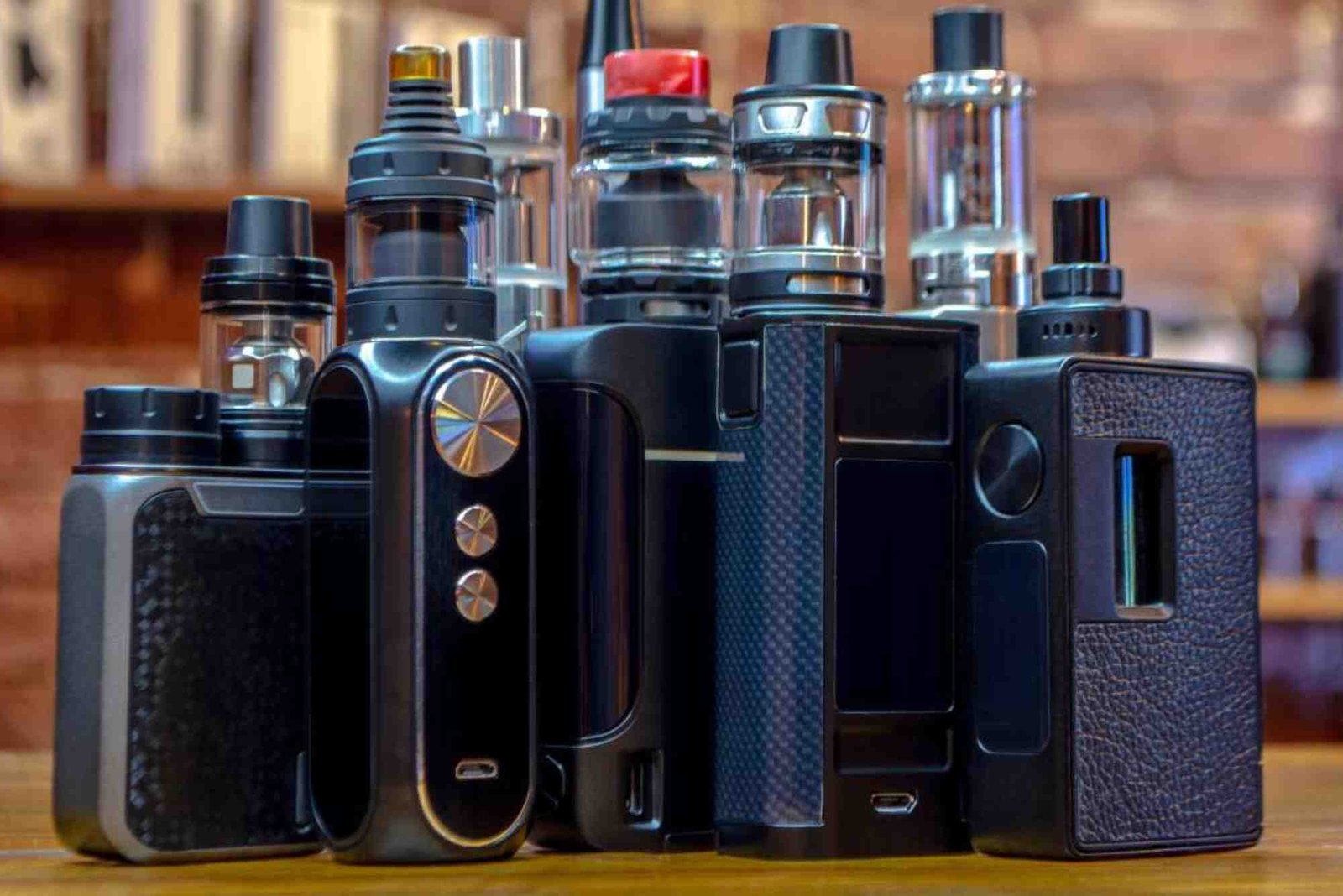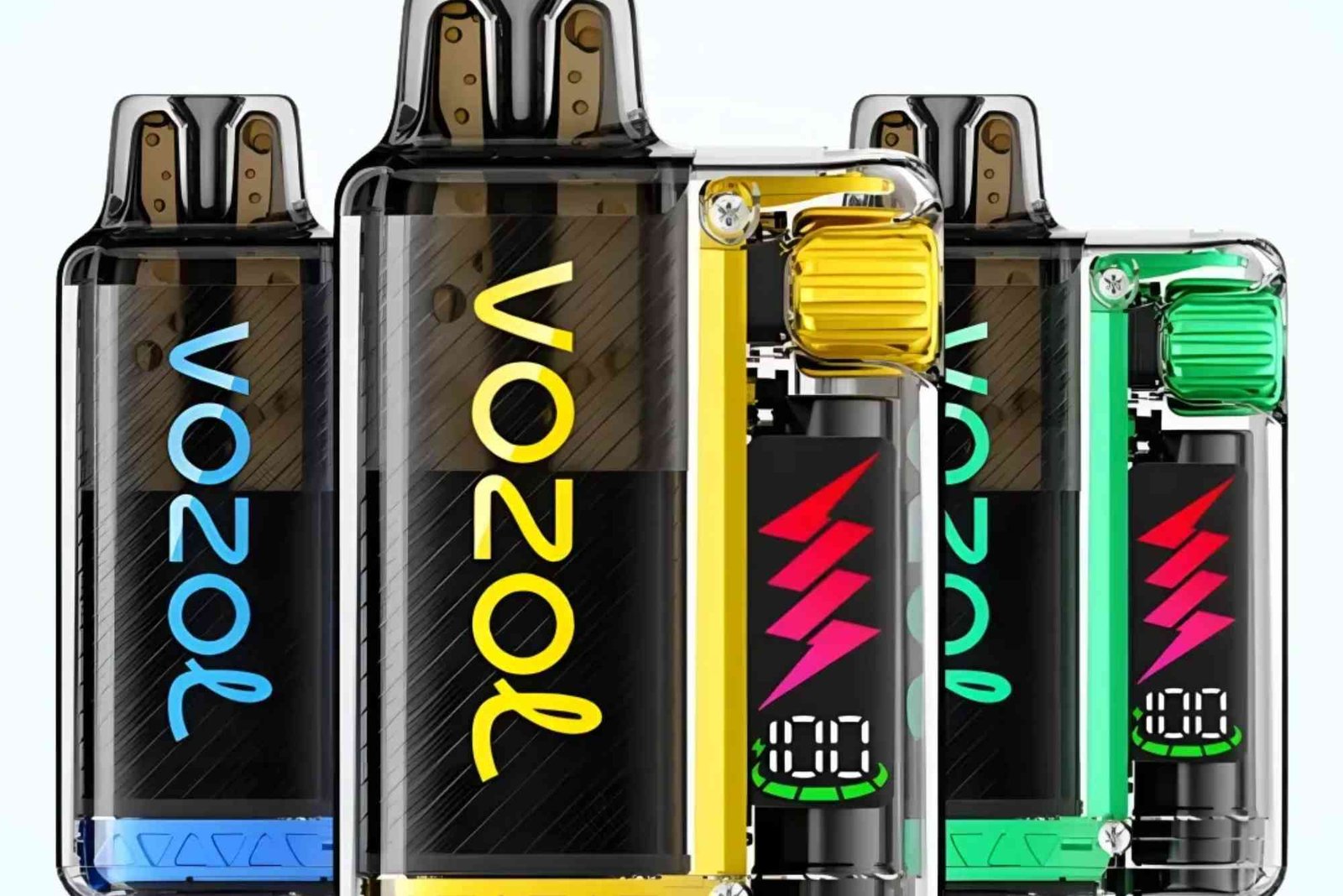Should You Switch to an RDA or RTA? Expert Opinions
The world of vaping is full of options, and for experienced users, the choice between an RDA (Rebuildable Dripping Atomizer) and an RTA (Rebuildable Tank Atomizer) is a common point of confusion. Each type of rebuildable atomizer offers unique benefits, but making the switch can depend on your vaping preferences, goals, and experience level. This in-depth guide explores the differences, advantages, disadvantages, and expert insights to help you make the right choice in the RDA vs RTA debate.
Understanding the Basics: What Are RDAs and RTAs?
Before diving into expert opinions, it’s important to understand what RDAs and RTAs actually are. Both RDAs and RTAs are types of rebuildable atomizers, meaning they allow users to build and install their own coils and wicks. This gives you more control over flavor, vapor production, and cost compared to pre-built coil systems.
An RDA is known for its simplicity and performance. It doesn’t have a traditional tank. Instead, you drip e-liquid directly onto the coils and cotton. This provides a fresh hit each time but requires frequent dripping, which can be inconvenient for some users.
On the other hand, an RTA includes a tank that feeds e-liquid to your coils using a chimney and wick system. This eliminates the need for constant dripping and offers a more user-friendly experience, especially for those on the go.
RDA vs RTA: Key Differences That Matter
When comparing RDA vs RTA, it’s essential to look at the core differences that influence the vaping experience. RDAs typically offer superior flavor because the vapor doesn’t travel through a chimney or tank section, keeping it pure and intense. However, this comes at the cost of convenience, as you’ll need to re-drip e-liquid after every few puffs.
RTAs are more convenient thanks to their built-in tanks, which can hold several milliliters of juice. They are more suited to daily use without constant maintenance. However, they can be trickier to build on due to their complex design. Also, the longer vapor travel path may slightly reduce flavor intensity compared to RDAs.
Another major difference is leak potential. While RDAs rarely leak unless over-dripped, RTAs are known for leaking if the build or wicking is not done correctly. This makes proper coil installation and cotton placement crucial for RTAs.
Advantages of RDAs According to Experts
Many experienced vapers and reviewers agree that RDAs deliver unmatched flavor and vapor performance. Because you’re dripping juice directly onto the coils, you get an immediate and robust hit. This makes RDAs especially popular among cloud chasers and flavor purists.
RDAs also allow you to easily change flavors without having to clean a whole tank. Just change the cotton and drip a new juice. This is ideal for reviewers or those who like to test different e-liquids regularly.
In terms of customization, RDAs offer more freedom. Their build decks are usually larger and more accessible, giving you space for creative coil builds like claptons or aliens. Advanced vapers appreciate the flexibility this brings to their experience.
Disadvantages of RDAs You Should Consider
Despite their strengths, RDAs are not for everyone. The biggest downside is the need for frequent dripping. For some, this becomes tedious and impractical, especially when driving or working. It interrupts the flow of your day, which is why RDAs are often used at home rather than on the go.
RDAs also require a certain level of experience. Beginners might struggle with building coils, ensuring proper resistance, and avoiding dry hits or hot spots. There is a learning curve that could be frustrating without proper guidance.
Advantages of RTAs Based on Real-World Usage
RTAs, in contrast, shine in the convenience department. With a full tank of juice, you can vape for hours without worrying about re-dripping. This makes RTAs an excellent option for commuters, office workers, or anyone who vapes consistently throughout the day.
Modern RTAs also come with top-fill designs and improved airflow systems, narrowing the performance gap with RDAs. Some high-end RTAs now rival RDAs in flavor and vapor production, making them a viable alternative for advanced users who still want convenience.
Another benefit is reduced e-liquid wastage. Since the juice is stored in a sealed tank, there’s less evaporation compared to an open RDA deck. You also minimize the risk of accidentally over-dripping and causing a mess.
Disadvantages of RTAs That Experts Warn About
Although RTAs are more convenient, they are also more complicated. The biggest issue users face is leaking, especially when cotton is not placed properly or the juice channels are overwhelmed. This can be frustrating and discouraging for new users.
Building on an RTA requires precision. The tighter spaces and airflow channels mean that even a small error in coil alignment or wick length can affect performance or cause flooding. Maintenance is also more involved, as cleaning a tank takes more time than a simple RDA deck.
RTAs might also slightly mute flavors compared to RDAs due to the extra metal components and longer airflow paths. While this difference is small, it matters to flavor-focused vapers.
What Do Experts Recommend?
Experts often recommend starting with an RTA if you’re transitioning from sub-ohm tanks and want to explore rebuildables. RTAs offer a bridge between convenience and customization. Once you’re comfortable with building and wicking, you might want to try an RDA for a more intense flavor and vapor experience.
For cloud chasers or those participating in vape competitions, RDAs remain the top choice. Their open airflow and build versatility allow users to push performance limits safely.
For flavor testers and reviewers, RDAs offer the ability to change e-liquids quickly without committing to a full tank. However, for daily use, especially in situations where portability and clean operation matter, RTAs are often the more practical solution.
Who Should Use an RDA?
You might prefer an RDA if:
- You want maximum flavor and vapor
- You enjoy rebuilding and experimenting with coils
- You mostly vape at home or in controlled environments
- You frequently test different e-liquids
Who Should Use an RTA?
An RTA is a better fit if:
- You want long vaping sessions without re-dripping
- You prefer a clean and leak-free experience (with proper builds)
- You’re comfortable with a slightly more complex setup
- You want a middle ground between sub-ohm tanks and RDAs
Expert Tips for Making the Switch
If you’re moving from a regular tank system, start slow. Learn about Ohm’s Law and battery safety before using a rebuildable device. Watch trusted YouTubers or read guides specific to your atomizer. Also, invest in good tools like ceramic tweezers, an ohm reader, and quality cotton. These make a huge difference in your build experience.
When trying your first RDA or RTA, start with simple builds like round wire or spaced coils. Don’t jump into advanced setups without understanding the basics. Master wicking techniques, airflow positioning, and juice viscosity matching to prevent dry hits and leaks.
And always test your builds for hot spots before using them. This ensures both safety and a better vape.
There’s no one-size-fits-all answer in the RDA vs RTA debate. It comes down to what you value more: flavor and customization, or convenience and portability. RDAs offer powerful hits and customization but require more attention. RTAs are more practical for everyday use but demand a careful build for optimal performance.
If you want to experiment, many vapers keep both in their collection and use them depending on the situation. You might find yourself loving the flavor of an RDA on weekends and relying on an RTA during the workweek.
Still unsure which one suits you best? Visit a trusted local vape shop or online community and talk to seasoned vapers who’ve used both. Their insights could help you avoid mistakes and enjoy your rebuildable journey.
FAQ
What is better for flavor, RDA or RTA?
RDA is generally better for flavor because it delivers vapor directly from the coil without passing through a chimney or tank, resulting in purer taste.
Are RDAs good for beginners?
RDAs are not typically recommended for beginners. They require manual dripping and coil building, which demand a solid understanding of resistance and wicking.
Can an RTA leak?
Yes, RTAs can leak if not wicked correctly or if the tank is overfilled. Proper cotton placement and quality seals help prevent leaks.
Which is easier to maintain, RDA or RTA?
RDAs are easier to maintain. You can clean them quickly and rewick in minutes. RTAs take more time due to the tank and internal parts.

